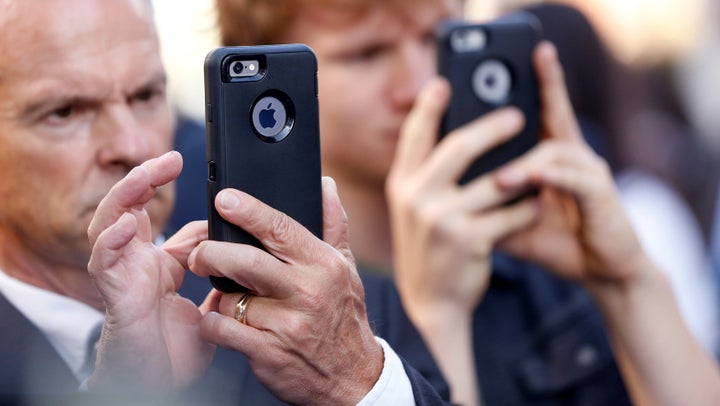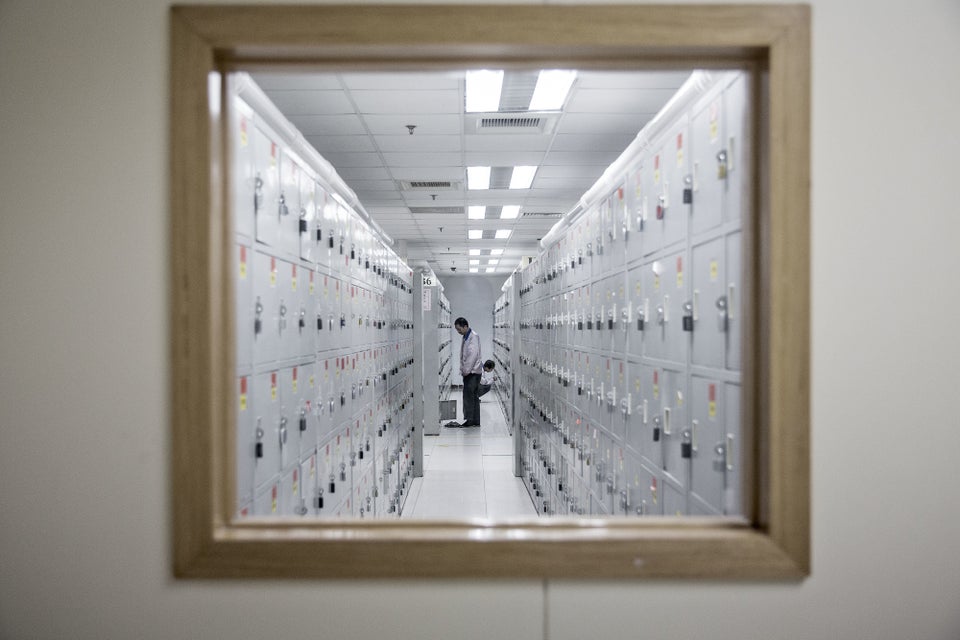
Ever since I was a young boy, I was fascinated by science fiction. One of my earliest memories was watching Star Trek the Animated Series on TV for the first time. That show with its positive message of the future, along with other classics like Lost in Space, Battlestar Galactica and The Six Million Dollar Man, and their high-tech plots and themes, instilled wonder in me from an early age and made me realize that there is always more possible than what we see around us today.
Today, much of that early science fiction is becoming science fact. We still haven’t figured out the transporter yet – although with 3D printing we are getting close in some ways. In fact, for software, we do have the transporter already, it’s called the Internet, and we have the replicator too, it’s called cloud storage. Of course, we have the communicator, which allows us access to all of the world’s information in the palm of our hands.
We have smartwatches that do even more than Dick Tracy’s did. There are robots that can do much of what we saw in the Jetsons. And while there are many science fiction inventions that haven’t become a reality yet, they’re still inspiring countless numbers of creative minds to come up with new technologies that do everything from saving lives to providing affordable Internet access everywhere. Huge strides are being made in the world of healthcare where competitions like the Qualcomm Tricorder XPRIZE are working to make a real Tricorder come to life. The Internet of Things will soon connect billions of devices that, 20 years ago, we never even thought could be connected. (Who would’ve thought about connecting their washer and dryer to the Internet?) Drones, self-driving cars, 3D technologies, augmented reality… the list goes on.
Much of what’s listed above has a common ingredient: Connectivity. More specifically, an upcoming technology called 5G (short for the fifth generation of mobile connectivity) will provide that unifying connectivity fabric for this next horizon.
Since the invention of the cell phone, cellular technology has evolved rapidly. Significant advancements to connectivity – whole new generations of technology that enable more ways to connect with others – come around about once every ten years. CDMA provided clear digital voice quality with high capacity in the early 90s; 3G and EV-DO provided the phone with a high speed connection to the Internet at the turn of the century; and at the start of this decade, 4G LTE ushered in the era of smartphones with seamless video chat, high-quality music/video streaming, downloading movies, and even increased network efficiency.
Naturally, the next step in connectivity is 5G, which is due to deploy as early as 2019, and we’ll even get some sneak peeks at the technology in the form of trials as early as 2018. It’s going to feature multi-gigabit download and upload speeds (as much as 10x faster than LTE), very low latency (for virtually no delay in response time between devices), more efficient machine-to-machine communication with 10+ years of battery life, a more reliable and secure network that is able to support mission critical services where failure is not an option, the ability to make use of shared spectrum at many bands, and greater coverage with higher efficiency to handle the already overwhelming growth in data usage and devices (which is only expected to continue skyrocketing in the coming years). But what will 5G actually do for us?
It’s a good question, and one that has been asked with each generation of connectivity that Qualcomm has developed, dating all the way back to the early days of CDMA. When 4G was first being developed, services like Instagram, Uber and Pokémon Go weren’t even on the horizon; we were years away from streaming video from our phones to an audience in real-time; and streaming video services like Netflix and Amazon Video were non-existent. The truth is that many of the real-life applications of 5G have yet to be even thought up yet – as was the case with 3G and 4G before it – but we do have some glimpses of what will be made possible through this upcoming technology breakthrough. See, 5G isn’t just a simple bump in network speed that lets you download Star Wars faster than before. Unlike the previous generations of connectivity tech, 5G won’t just provide us with new ways to connect with others – it will further lower the cost of access and connect us with everything.
Here are a few examples of the use cases that 5G will address:
Smart Cities: Every part of our cities will be truly connected, from a wide scale 5G network moving data to and from the cloud down to tiny sensors that constantly monitor our infrastructure and help determine how we can be more efficient and safe, including early fire detection, real-time water conservation monitoring, traffic control and accident prevention.
Augmented and virtual reality: Untethered head-mounted displays for bicyclists that provide information on your route, performance and other details. Virtual reality will continue to become even more responsive and realistic than ever.
Communication between vehicles and other devices: This could include other cars or connected devices carried by pedestrians. Low latency and high reliability of 5G networks is especially important as self-driving cars go on the market, since they will be able to detect other cars and pedestrians and make changes to keep you and others safe.
Remote monitoring, telemedicine and robotics: Doctors can diagnose and advise on treatment remotely from anywhere in the world which means you have access to specialists whenever you need them, so no one is never too far away from the care of a doctor.
Piloting drones in real-time safely and legally from beyond visible range: With 5G, we’ll be able to pilot drones from a long distance. This will be enable new use cases for search and rescue, agriculture, real estate, infrastructure inspectors, security applications, package delivery service and more.
New form factors: It’s difficult to say what those form factors are now, but oftentimes new technology will enable devices to take new forms. The next decade will see the 30 anniversary of the smartphone and the 50 anniversary of the PC, so it’s very likely that another form factor – perhaps even head-mounted displays ― will become mainstream.
These are just some of the things that have been dreamed up so far. But it’s not an easy path to take in order to get there. There is no shortage of engineering challenges that our team is currently working on solving. For instance, 5G will enable connections at high frequency bands known as millimeter wave, which will offer large amount of spectrum and therefore support very high speed connectivity between devices with low latency. However, the frequency is high enough that new techniques are required to ensure good connections while mobile. Engineers have solved these issues with advanced antenna techniques, multi-band operations, and deployment of additional small cells that will offset shortcomings of this band and be a key element in helping 5G fulfill its promise.
5G is also more complex than any connectivity technology that came before it. It needs to support greater flexibility and adaptability that addresses large variations in device type, from data-heavy smartphones and mobile hotspots to tiny sensors that only need a trickle of data; accommodate a much wider array of available spectrum, ranging from low to ultra-high frequencies as well as unlicensed spectrum; support deployments as varied as macro cells to small cells in your home; and be able to handle a large assortment of different environments. And all of this must be provided by a system designed from the start to be flexible enough to deliver exactly the right service exactly when needed.
To achieve optimized performance 5G has been and will continue to be extensively field tested. Testing and standards work will define a global standard that the entire industry can adhere to, and collaboration with wireless networks and infrastructure providers is critical in order to deploy and commercialize the technology. We have a lot of ground to cover, but we’ve done this before with 3G and 4G. We’re already making significant progress on 5G and are eager to lead the world into an exciting new era of connectivity. We’re going to see stuff that Gene Roddenberry never even dreamed of, but it was his vision with Star Trek that inspired several generations of children to build a better and greater future.

